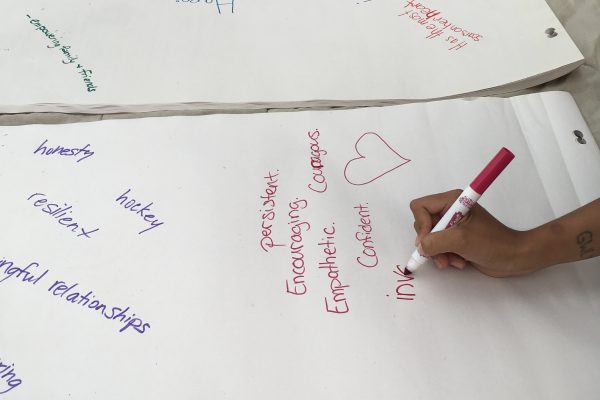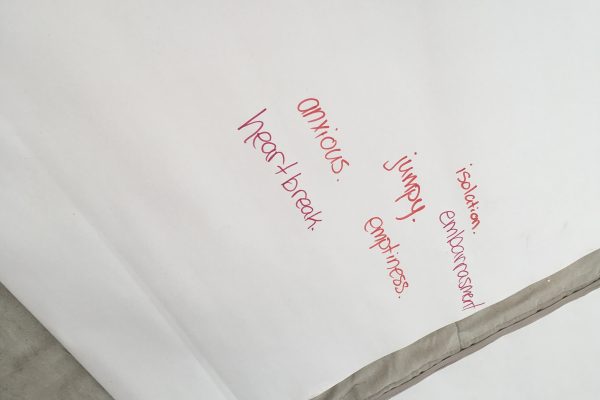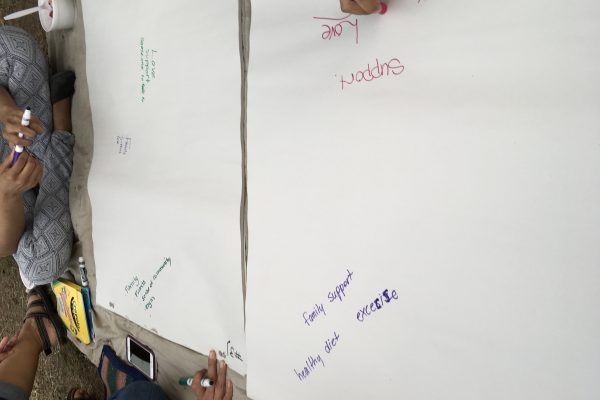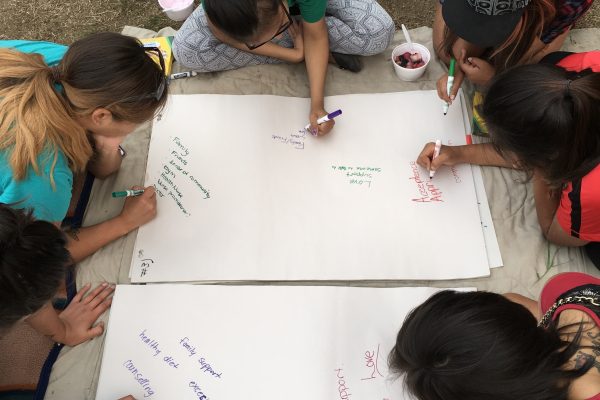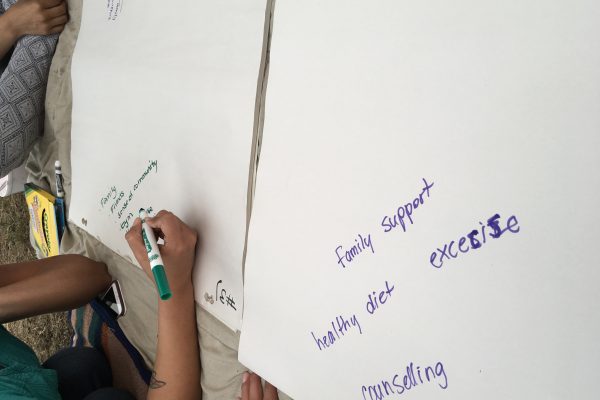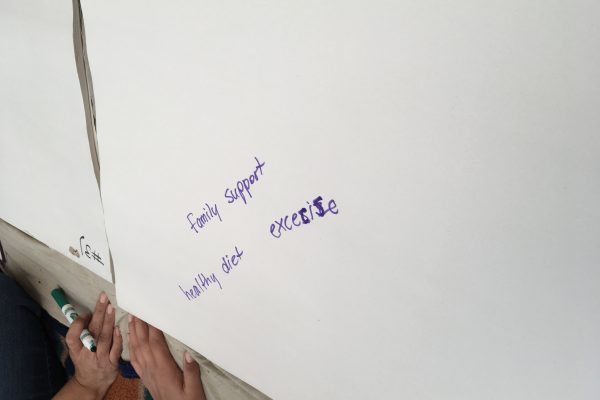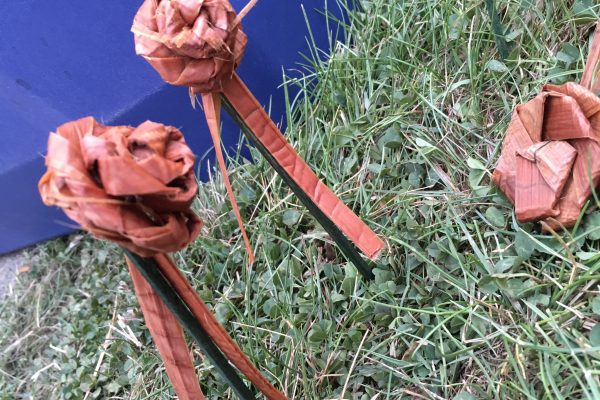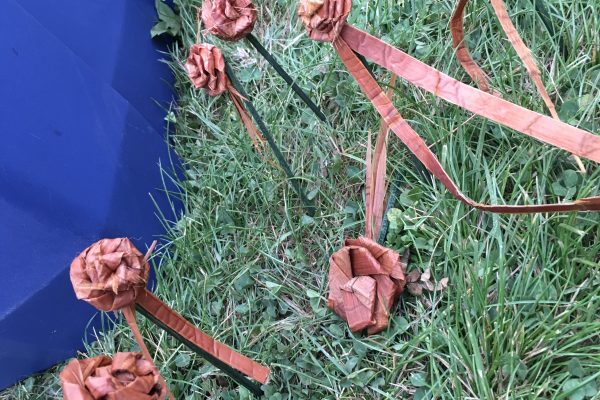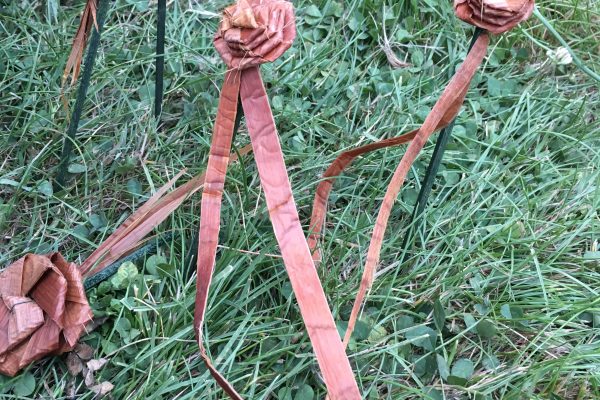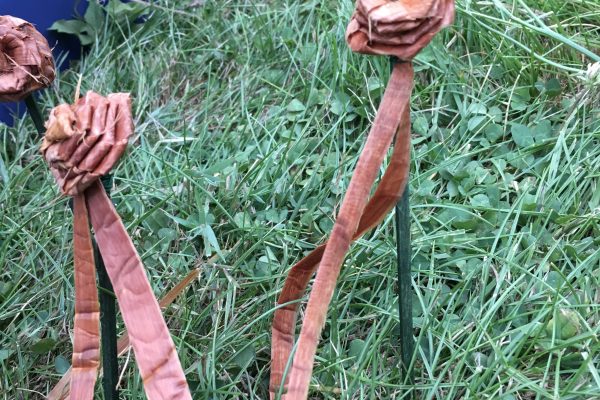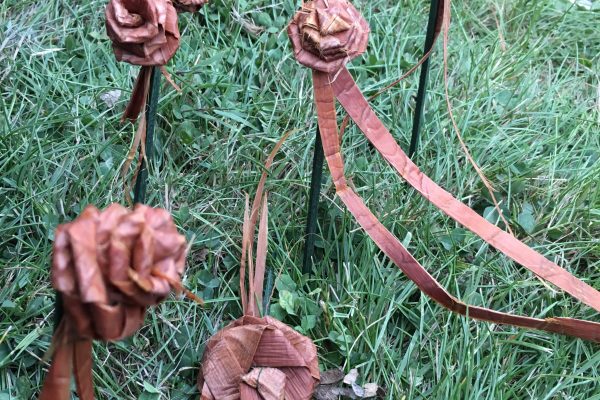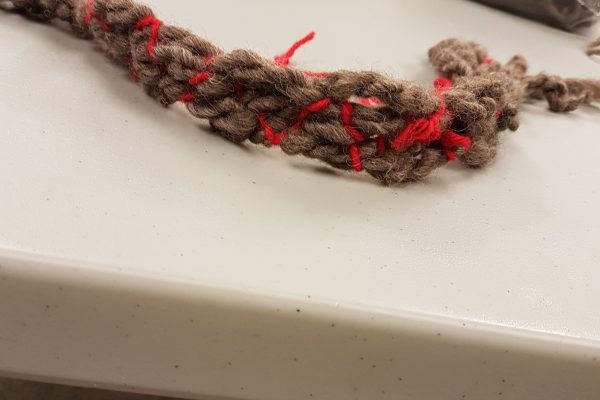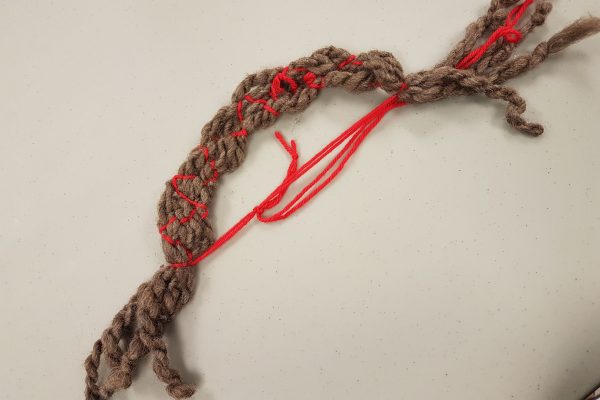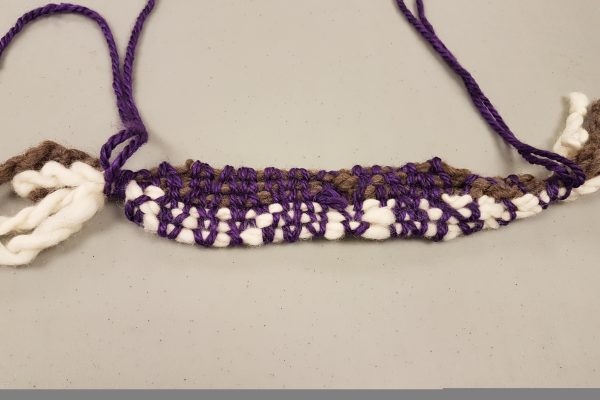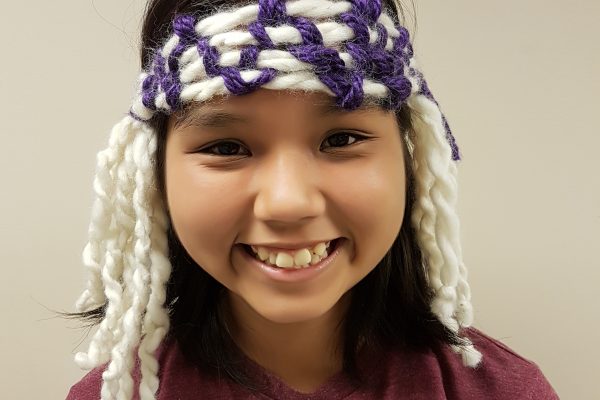Cedar Roses Workshop (by Shezell-Rae Sam)
The purpose of this workshop was to have girls from diverse Indigenous communities living in urban and on reserve come together. We started by getting to know each other and discussing the effects of lateral and sexual violence. We then shared the strengths that we carry, and the supports that Indigenous girls and women need to have a balanced, positive life. We started by using words, discussion, art and drawing to have an open discussion. Questions included: What does a positive, strong Indigenous woman look like? What are the effects of lateral violence and sexual violence on Indigenous/First Nation girls and young women? What do you need for supports on a micro or macro level? Our discussion was amazing. One girl explained that Indigenous girls need to have communication, whether it’s with their friends and family to say, “Hey I am ok today”, or if it’s with their counsellor, support worker, or any other supports. She expressed the communication needs to be validated by their supports, to feel safe. Each participant had unique answers, they all came from different walks of life, and recognized there was no wrong answer for what supports were needed, because we are all unique. It was expressed that it’s important to stay connected to mother earth, and to our culture.
After the art discussion ended, we transitioned into working with Elders and learning how to make cedar roses. Cedar is a very sacred and important for us: It is the tree of life that provides shelter, nourishment, materials, fabric, and good medicine. Cedar connects us with our lands and how our ancestors lived on these lands. The cedar bark is harvested and prepared very carefully in the same way it has always been. Although each participant was taught the same technique, each rose turned out unique, because each girl has their own way, and their own personality.
Wool Headband Workshop (by Shezell-Rae Sam)
This workshop on Tsawout First Nation focused on centering the cultural skills of weaving a traditional wool headband, while also having a discussion on the effects of lateral violence and sexualized violence. We worked with an Elder to learn how to make the headbands. The headbands are worn in Coast Salish ceremonies, traditional songs and dances.
Although the workshop was strength based, the discussions of lateral violence and sexual violence were difficult. The girls concluded that lateral and sexual violence has been in the community since colonization, and grown since residential schools. They shared that the effects of lateral and sexual violence consist of low self-esteem, isolation, negative feelings, and lack of motivation. When it came to discussion about what supports the girls need, they focused on the importance of kinship, sports, and building relationships with community. It was stated that building relationships within community leads to greater things, such as knowing who you’re related to, making new friends, and creating new memories. As a strength, it was identified that being connected to their culture is important.
The girls then had an opportunity to learn to make the traditional woven headbands that are used by Coast Salish people and that girls and women wear to dance and during ceremonies. Each girl was eager to learn, and although they all were taught the same way, they all had their own technique and patterns, and each headband turned out uniquely beautiful. The girls also had an opportunity to take home wool to continue to learn and practice this important cultural skill.

